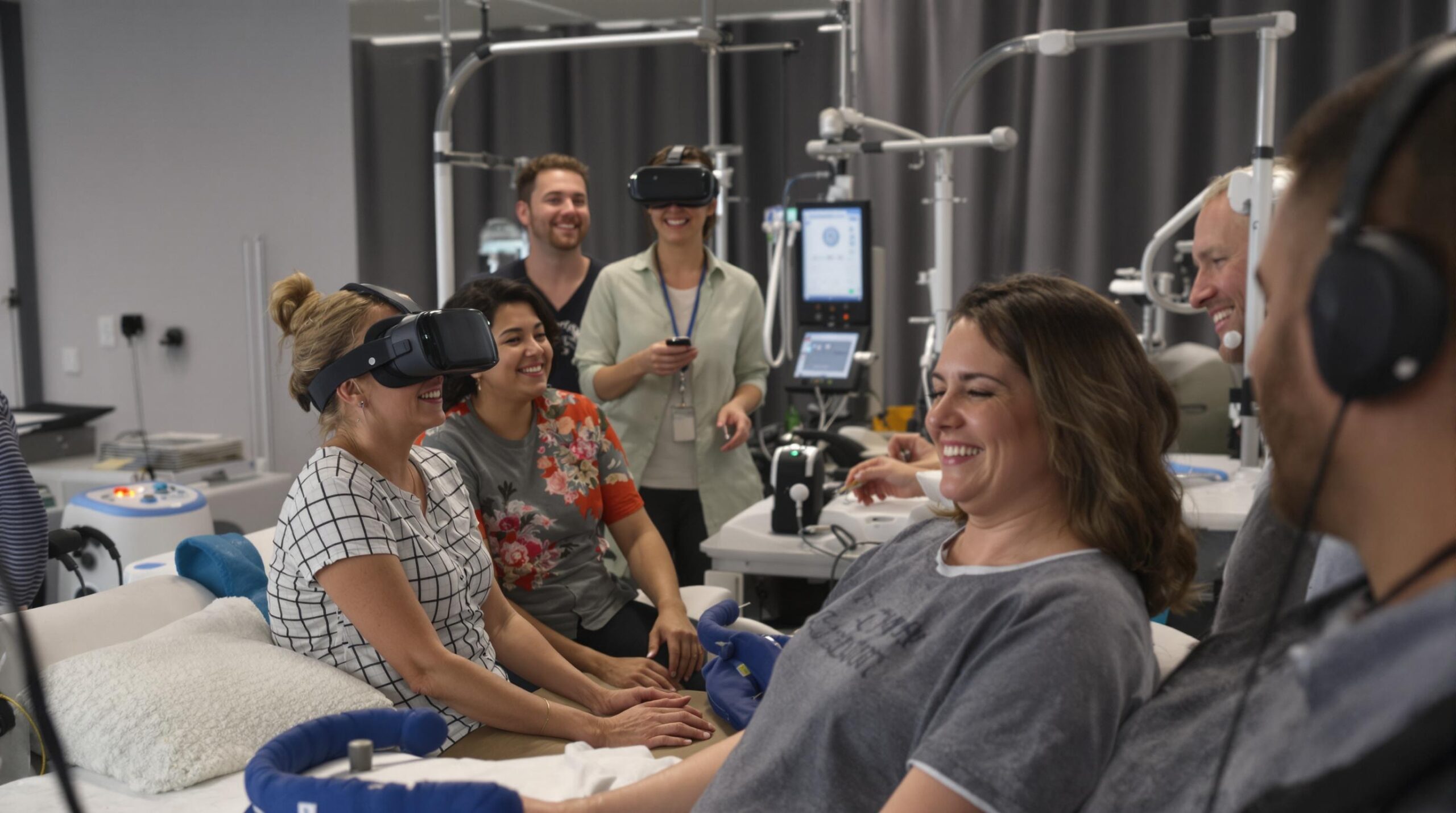Chronic pain affects millions of people worldwide. For many, persistent pain interferes with daily activities and quality of life. Traditional treatments, such as medication and physical therapy, often do not provide complete relief. Today, advances in pain management therapies are transforming care for these individuals. Innovative approaches promise new strategies to manage pain with fewer side effects and greater effectiveness.
Understanding Chronic Pain and Its Challenges
Chronic pain is defined as pain lasting longer than three months. Unlike acute pain, it persists beyond the normal healing process. Conditions such as fibromyalgia, neuropathy, and arthritis can cause ongoing discomfort. Effective management of chronic pain remains a complex challenge for both patients and clinicians.
Traditional therapies, such as nonsteroidal anti-inflammatory drugs (NSAIDs) or opioids, have limitations and risks. Long-term opioid use, for example, can cause addiction and other serious health problems. Many patients also find that medications only offer partial relief. This has spurred the search for innovative, more effective pain therapies.
Regenerative Medicine: Healing from Within
Regenerative medicine focuses on repairing or replacing damaged tissues. Platelet-rich plasma (PRP) therapy and stem cell injections are two promising approaches. These methods harness the body’s natural ability to heal itself, offering hope for those with refractory pain.
PRP therapy involves injecting concentrated platelets from the patient’s own blood into the affected area. Platelets contain growth factors that engage tissue repair and reduce inflammation. This treatment is gaining popularity for musculoskeletal pain, such as tendon injuries and osteoarthritis.
Stem cell therapy uses undifferentiated cells to replace or repair damaged tissue. These cells can develop into specialized cells needed for healing. Early studies suggest stem cell therapy may improve conditions like spinal disc degeneration and joint pain. More research and clinical trials are exploring these treatments’ effectiveness and safety.
Neuromodulation Therapies: Rewiring Pain Pathways
Neuromodulation techniques aim to alter nerve activity and disrupt pain signals. Spinal cord stimulation has been utilized for decades, but newer technologies make these treatments even more adaptable to individual needs.
Spinal cord stimulators deliver mild electrical impulses to the spinal cord. These impulses mask pain signals before they reach the brain. Recent devices are smaller, wireless, and rechargeable. Physicians can adjust the stimulation patterns to meet patient needs, improving comfort and effectiveness.
Dorsal Root Ganglion (DRG) stimulation targets specific nerves responsible for pain in isolated body regions. This technique enables precise pain management, especially for complex regional pain syndrome. Research shows DRG stimulation can provide significant relief when other treatments fail.
Peripheral nerve stimulation is another neuromodulation strategy. Here, electrodes near the affected nerve interrupt pain signals directly. This approach can help patients with pain that does not respond to traditional treatments or even spinal cord stimulators.
Minimally Invasive Procedures Lower Risks
Medical advancements have led to a variety of minimally invasive pain interventions. These procedures reduce downtime and minimize risks compared to open surgeries. For instance, radiofrequency ablation uses heat to disrupt nerves carrying pain signals. It is commonly used for neck, back, and joint pain, offering months of relief in many cases.
Another ground-breaking method is cryoablation, which uses extreme cold to disable pain pathways temporarily. Both techniques can be repeated if pain returns, offering flexible solutions. Epidural steroid injections and nerve blocks also continue to play a role, especially for spinal pain.
Virtual Reality and Digital Health Tools Enhance Therapy
Digital health tools are changing pain management for both patients and clinicians. Virtual reality (VR) is now used to help distract patients from pain sensations. Interactive VR experiences provide cognitive stimulation and mindfulness-based training. Studies demonstrate that VR can reduce pain during procedures and in chronic conditions.
Mobile health apps track symptoms and medication use, helping patients and doctors develop more personalized treatment plans. Digital platforms offer guided meditation, cognitive-behavioral therapy, and biofeedback exercises. These approaches empower patients to take active roles in their own treatment and pain management.
Personalized Medicine: Targeted Solutions for Individuals
Personalized medicine analyzes a patient’s genetics, lifestyle, and health data to develop tailored pain management strategies. Medications and therapies are chosen based on predicted effectiveness and safety for each individual. Pharmacogenomics helps determine how a patient may respond to certain pain medications, minimizing unwanted side effects and maximizing relief.
Advanced imaging techniques track how pain alters brain activity and structure. These insights guide clinicians in choosing the most promising interventions. Personalized pain management will likely become even more accurate and effective as technology advances.
Multidisciplinary and Integrative Approaches Matter
Innovative therapies do not replace the importance of a comprehensive approach. Multidisciplinary pain clinics bring physicians, therapists, psychologists, and other specialists together. Integrative strategies combine medical treatments with complementary therapies, like acupuncture, exercise, and nutrition counseling.
This collaborative care model addresses chronic pain’s physical, emotional, and social aspects. Many patients benefit from having a diverse team dedicated to their recovery. Improved communication between providers assures optimal care and coordinated treatment plans.
Looking Ahead: Future Directions in Pain Management
Research into innovative pain therapies continues to accelerate. Scientists are now exploring gene therapies and advanced nanotechnologies for chronic pain. Artificial intelligence is helping doctors predict pain flare-ups and fine-tune therapy regimens.
The growing promise of new treatments inspires greater hope for people living with persistent pain. As these advances continue, chronic pain sufferers will have access to safer, more effective options. The future of pain management shines brighter than ever before.

